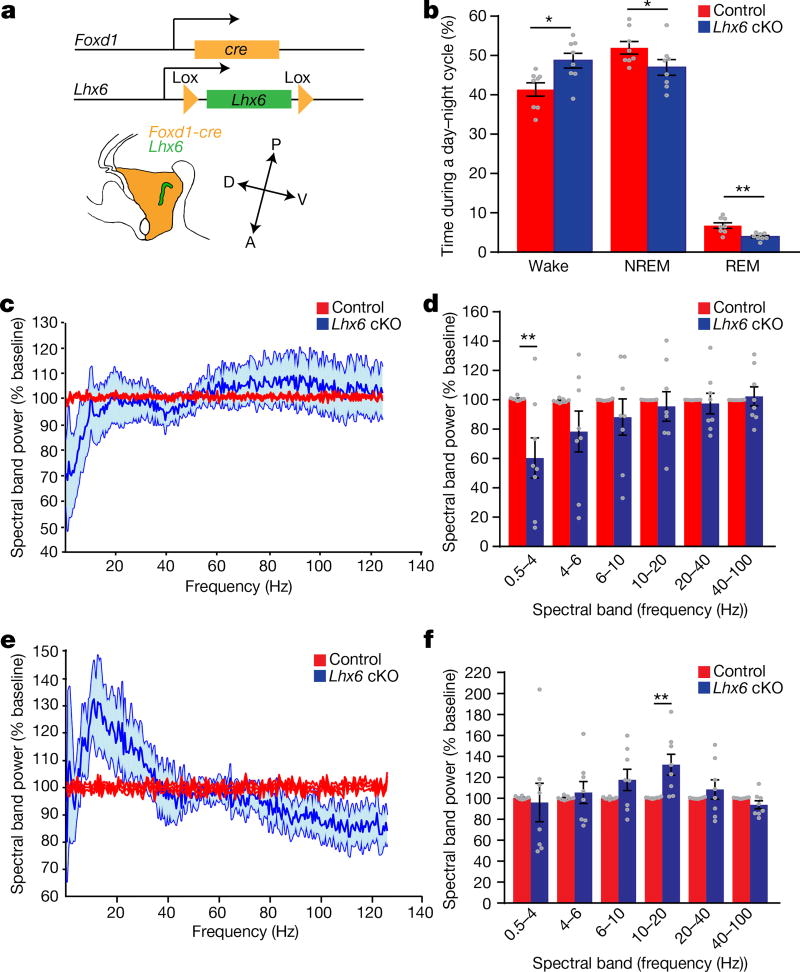Figure 3. Selective loss of Lhx6 expression in the diencephalon reduces both NREM and REM sleep.
a, Generation of diencephalic-specific Lhx6 conditional knockout (cKO) line by crossing Foxd1-cre and Lhx6lox/lox lines. A, anterior, D, dorsal, P, posterior, V, ventral. b, EEG/EMG analysis showing the percentage of the day–night cycle spent awake and in NREM and REM sleep in control (Foxd1-cre;Lhx6lox/+) and cKO groups. c, Fast Fourier transform (FFT) analysis of EEG power spectrum during NREM sleep of cKO (blue) compared to control (red) mice. d, The collapsed EEG frequency data are shown for control (red) and cKO (blue) mice. e, FFT analysis of EEG power spectrum frequency in cKO mice (blue) compared to controls (red). f, The collapsed EEG frequency data are shown for control (red) and cKO (blue) mice. n = 8 control and 8 cKO mice for all experiments. Data are mean ± s.e.m. *P < 0.05, **P < 0.01; two-way ANOVA followed by Sidak’s post hoc test.

